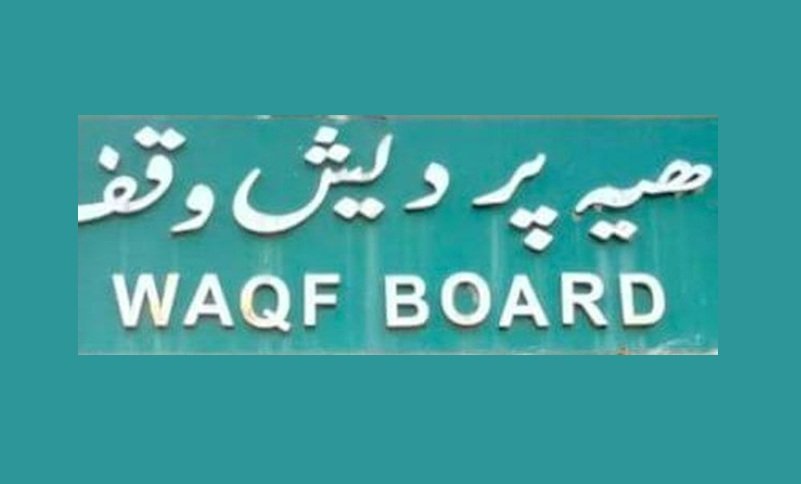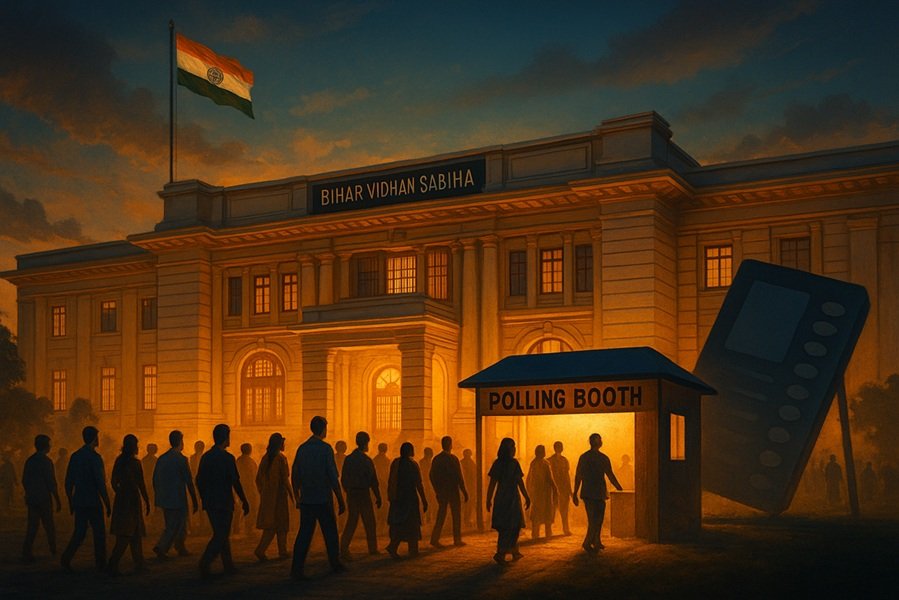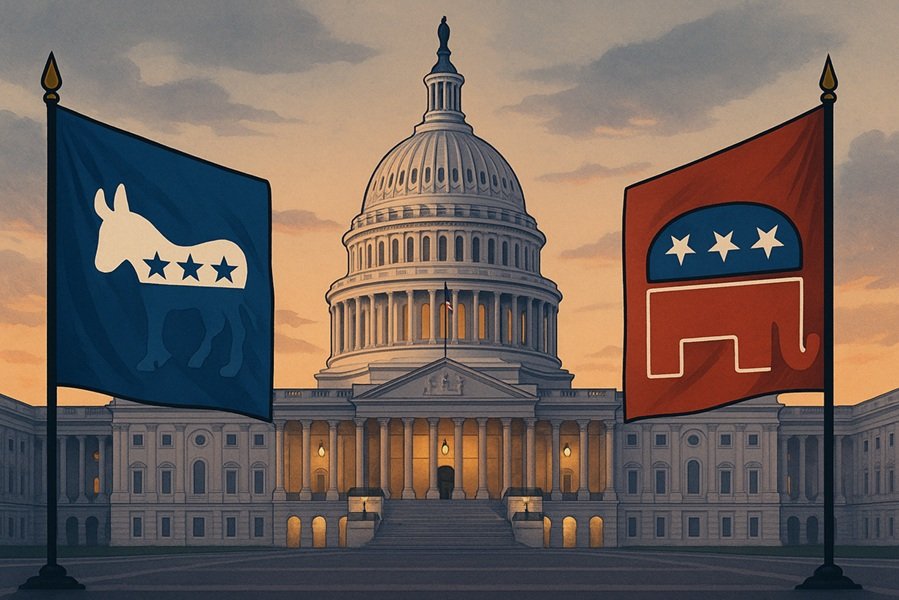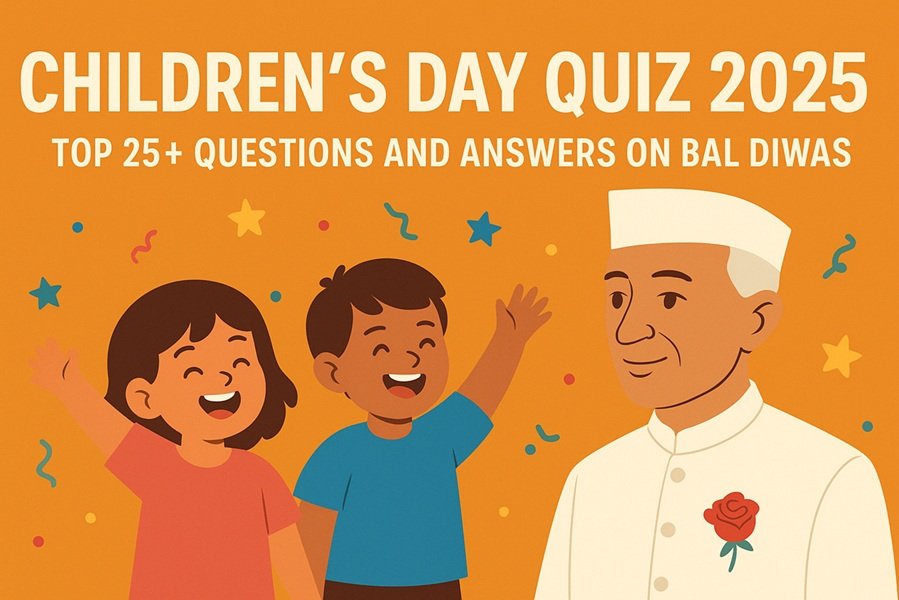
The concept of Waqf—a permanent dedication of property for pious, religious, or charitable purposes under Muslim law—has been an integral part of Islamic tradition and Indian society for centuries. In India, Waqf properties represent a vast network of assets dedicated to social welfare, religious institutions, and family sustenance. Governed by a series of legislative frameworks, the administration of Waqf has evolved significantly over time, reflecting both the cultural significance of these endowments and the administrative challenges they pose. This article delves into the historical evolution of Waqf administration in India, the roles of key administrative bodies, the persistent challenges, and the transformative reforms proposed in the Waqf (Amendment) Bill, 2024.
What is Waqf?
At its core, a Waqf is a voluntary, irrevocable dedication of movable or immovable property by a person for purposes deemed pious, religious, or charitable under Muslim law. Historically, Waqfs have served as a mechanism for Muslims to contribute to societal welfare—funding mosques, schools, hospitals, and even family maintenance—while ensuring the perpetuity of their charitable intent. In India, Waqf properties encompass a staggering 8.73 lakh assets, covering 37.39 lakh acres, as reported by the Waqf Assets Management System of India (WAMSI) portal. These properties range from rural lands (5.51 lakh properties spanning 20.17 lakh acres) to urban holdings (3.21 lakh properties covering 19.03 lakh acres), reflecting their widespread presence across the country.
Historical Evolution of Waqf Administration in India
The administration of Waqf properties in India has undergone a remarkable legislative journey, shaped by judicial rulings, colonial policies, and post-independence reforms. Below is a detailed timeline of its evolution:
- Privy Council Ruling (1894): The Privy Council, the highest judicial authority in British India, declared Waqf-alal-Aulad (family Waqfs) invalid, arguing that Waqfs should exclusively serve public religious or charitable purposes rather than private family benefits. This ruling sparked discontent among Indian Muslims, who viewed family Waqfs as a legitimate extension of Islamic tradition.
- The Mussalman Wakf Validating Act, 1913: In response to the Privy Council’s decision, this Act legalized family Waqfs, affirming the right of Muslims to dedicate properties for the benefit of their descendants, provided the ultimate purpose included a charitable dimension.
- The Mussalman Wakf Act, 1923: This legislation introduced measures to enhance transparency and accountability in Waqf management, mandating proper accounting and oversight of Waqf properties to curb mismanagement.
- The Mussalman Wakf Validating Act, 1930: Building on the 1913 Act, this law provided retrospective validation to family Waqfs, further solidifying their legal standing.
- The Wakf Act, 1954: A landmark in Waqf governance, this Act established State Waqf Boards (SWBs) as custodians of Waqf properties, tasked with their systematic administration, supervision, and protection. It marked the beginning of a structured framework for Waqf management in independent India.
- Amendments to the Wakf Act, 1954 (1959, 1964, 1969, 1984): These amendments refined the 1954 Act, addressing emerging administrative challenges and strengthening oversight mechanisms.
- The Waqf Act, 1995: Replacing the 1954 Act, this comprehensive legislation introduced significant reforms:
- Waqf Tribunals: Specialized judicial bodies were created to adjudicate disputes related to Waqf properties.
- Central Waqf Council (CWC): The CWC was empowered to issue directives to SWBs in cases of irregularities, enhancing centralized oversight.
8.The Waqf (Amendment) Act, 2013: This amendment introduced notable changes:
- Expanded the definition of a Waqif (Waqf creator) to include any person, not just Muslims.
- Mandated sect-specific representation (Shia or Sunni) in Waqf Boards.
- Granted Waqf laws overriding effect over conflicting statutes.
- Assigned District Magistrates responsibility for implementing Waqf Board decisions.
Despite these reforms, Waqf administration has continued to grapple with inefficiencies, mismanagement, and legal disputes, prompting further legislative scrutiny and the introduction of the Waqf (Amendment) Bill, 2024.
Key Administrative Bodies in Waqf Management
The Waqf Act, 1995, outlines a three-tier administrative structure to oversee Waqf properties in India:
Central Waqf Council (CWC):
- Establishment: Formed under the Wakf (Amendment) Act, 1964, and strengthened in 1995, the CWC serves as an advisory body under the Ministry of Minority Affairs.
- Functions: The CWC advises the central government and SWBs, issuing directives in cases of irregularities. It can demand financial records, surveys, revenue details, and audit reports from SWBs to ensure compliance.
State Waqf Boards (SWBs):
- Establishment: Introduced under the Wakf Act, 1954, there are currently 32 SWBs across 30 States and Union Territories.
- Functions: SWBs are the primary custodians of Waqf properties, responsible for their registration (Section 36), management, protection from encroachment (Section 65), leasing (Section 56), and removal of errant Mutawallis (Section 64).
Waqf Tribunals:
- Establishment: Introduced under the Waqf Act, 1995 (Section 83), these tribunals resolve disputes related to Waqf properties.
- Functions: They adjudicate ownership disputes, enforce Waqf laws, hear appeals against SWB decisions, and hold exclusive jurisdiction over Waqf matters.
Composition of Key Bodies
Central Waqf Council (CWC):
- Comprising 22 members (post-2024 amendments), the CWC includes:
- Muslim Category (10 members): Three representatives from national Muslim organizations, three SWB chairpersons (by rotation), one Mutawalli of a high-income Waqf, and three scholars of Muslim law (two being women).
- Other Category (12 members): The Union Minister for Waqf (Chairperson, ex-officio), three MPs, two judges (Supreme Court/High Court), one eminent advocate, four professionals (administration, finance, engineering, medicine), and an Additional/Joint Secretary (ex-officio). Two members must be non-Muslims, with no bar on women’s nomination beyond the mandated two Muslim women.
State Waqf Boards (SWBs):
- Comprising 11 members (post-2024 amendments), SWBs include:
- Muslim Category (4 members): One Mutawalli of a high-income Waqf, one Islamic scholar, and two elected members from municipalities/panchayats (two being women).
- Other Category (7 members): A Chairperson, one MP, one MLA, two professionals (business, finance, etc.), one senior state officer (ex-officio), and one Bar Council member. Two members must be non-Muslims, with representation from Shia, Sunni, and backward Muslim classes ensured.
Waqf Tribunals:
- Each tribunal consists of three members:
- A judicial officer (District/Sessions Judge rank) as Chairman.
- A civil servant (Additional District Magistrate rank).
- An expert in Muslim law and jurisprudence.
Responsibilities of Mutawallis
A Mutawalli is the caretaker of a Waqf property, entrusted with ensuring its funds are utilized for intended religious or charitable purposes. Their duties include maintaining financial records, preventing encroachments, and managing the property diligently. Mismanagement can lead to their removal by the SWB, with the proposed 2024 Bill introducing punitive measures to enforce accountability.
Challenges in Waqf Administration
Despite legislative advancements, Waqf administration faces persistent challenges:
- Lack of Transparency: Property management lacks openness, fostering mistrust.
- Incomplete Surveys: Land records remain unmutated or unsurveyed, complicating ownership claims.
- Women’s Inheritance Rights: Family Waqfs often sideline women’s legitimate shares.
- Litigation Surge: Pending cases rose from 10,381 in 2013 to 21,618 by 2024, with 58,890 encroachments reported.
- Arbitrary Powers: SWBs can declare properties as Waqf based on internal inquiries, leading to disputes (e.g., 5,973 government lands claimed as Waqf).
- Accounting Deficiencies: Audits and financial oversight remain inconsistent.
- Stakeholder Representation: The CWC and SWBs lack adequate inclusivity.
High-profile cases—such as the Waqf Board’s claim over Surat Municipal Corporation Headquarters, 15,000 acres in Karnataka, and 600 Christian families’ land in Kerala—highlight these issues, underscoring the need for reform.
The Waqf (Amendment) Bill, 2024: A Transformative Vision
Introduced in 2024 and refined by the Joint Committee on Waqf Amendment Bill (JCWAB), this legislation proposes sweeping reforms to address longstanding issues:
Separation of Trusts from Waqf:
- Muslim-created trusts will no longer be classified as Waqf, granting autonomy to trust creators.
Restricting Waqf Creation:
- Only practicing Muslims (for at least five years) with legal ownership can dedicate property, reversing the 2013 amendment allowing non-Muslims to create Waqfs.
Protection of Women’s Rights:
- In Waqf-alal-Aulad, women’s inheritance must be secured before dedication, with provisions for widows, divorced women, and orphans.
Digital Transparency:
- Mutawallis must register Waqf details on a central portal within six months, with tribunals able to extend deadlines for digitization.
Government Land Disputes:
- An officer above Collector rank will investigate claims on government properties (e.g., 132 ASI monuments and 361 MoHUA properties), suspending their Waqf status until resolved.
Waqf by User Properties:
- Registered Waqf by User properties (4.02 lakh) remain valid unless disputed or government-owned.
Non-Muslim Representation:
- Two non-Muslim members will join the CWC (22 members) and SWBs (11 members), reflecting diverse stakeholders like tenants and litigants.
Tribunal Reforms:
- Retaining three-member tribunals with fixed five-year tenures (or until age 65), including Muslim law experts, for stability and expertise.
Financial Reforms:
- Annual contributions drop from 7% to 5%, with audits mandatory for Waqfs earning over ₹1 lakh, conducted by state-appointed auditors.
- Limitation Act Application:
- Omission of Section 107 applies the Limitation Act, 1963, to Waqf claims, curbing prolonged litigation.
- Removal of Arbitrary Powers:
- Section 40, enabling SWBs to unilaterally declare properties as Waqf, is repealed, addressing cases like Thiruchenthurai Village (Tamil Nadu) and Govindpur Village (Bihar).
- Sect-Specific Boards:
- Separate SWBs for Bohra and Aghakhani communities may be established, recognizing their distinct needs.
Litigation and Appeals
Waqf Board decisions are not absolute; they can be challenged before Waqf Tribunals, which hold exclusive jurisdiction over disputes. As of September 2024, WAMSI reports 12,792 litigation cases at SWBs and 19,207 at tribunals/courts, including 5,220 encroachment cases. Aggrieved parties can appeal tribunal rulings to High Courts, ensuring judicial oversight.
Conclusion
The administration of Waqf in India stands at a crossroads. With 8.73 lakh properties under its ambit, the system balances religious tradition with modern governance demands. The Waqf (Amendment) Bill, 2024, promises to usher in an era of transparency, inclusivity, and efficiency by leveraging technology, protecting women’s rights, and curbing arbitrary powers. While challenges like litigation and encroachments persist, these reforms signal a progressive step toward aligning Waqf administration with contemporary needs, ensuring its legacy endures for generations to come. As India moves toward this transformative framework, the success of these changes will hinge on their effective implementation across the nation’s 32 Waqf Boards.





